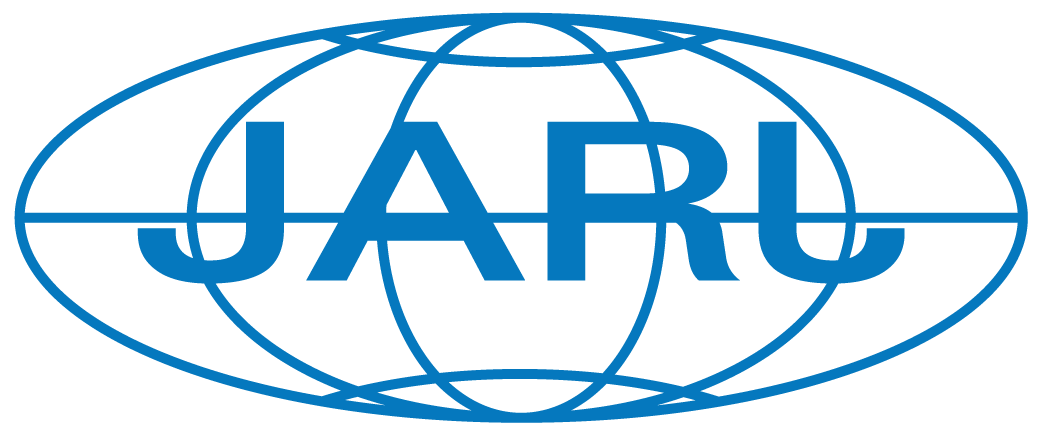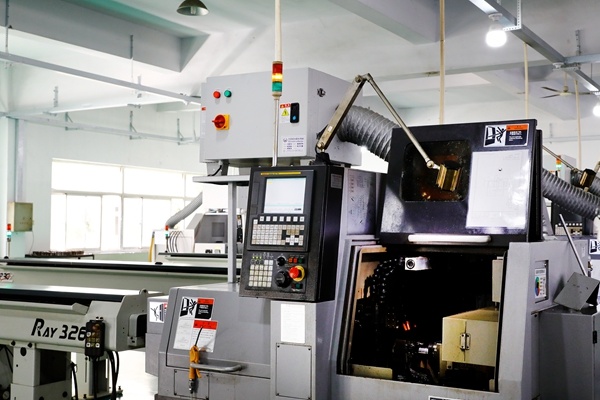How Turned Parts Steel Contributes to Sustainable Manufacturing Practices
Release Time:
May 24,2025
How Turned Parts Steel Contributes to Sustainable Manufacturing Practices Table of Contents 1. Introduction to Turned Parts Steel in Manufacturing 2. The Importance of Sustainability in Manufacturing 3. What is Turned Parts Steel? 4. Key Benefits of Turned Parts Steel for Sustainable Practices 4.1 Strength and Durability 4.2 Precision Engineering
How Turned Parts Steel Contributes to Sustainable Manufacturing Practices
Table of Contents
- 1. Introduction to Turned Parts Steel in Manufacturing
- 2. The Importance of Sustainability in Manufacturing
- 3. What is Turned Parts Steel?
- 4. Key Benefits of Turned Parts Steel for Sustainable Practices
- 4.1 Strength and Durability
- 4.2 Precision Engineering
- 4.3 Waste Reduction
- 4.4 Recyclability and Circular Economy
- 5. Applications of Turned Parts Steel in Various Industries
- 6. Case Study: Successful Implementation of Turned Parts Steel
- 7. Challenges and Solutions in Using Turned Parts Steel
- 8. The Future of Turned Parts Steel in Sustainable Manufacturing
- 9. FAQs about Turned Parts Steel and Sustainable Manufacturing
- 10. Conclusion
1. Introduction to Turned Parts Steel in Manufacturing
In recent years, the focus on sustainability in manufacturing has intensified. As industries seek innovative solutions to combat environmental challenges, **turned parts steel** emerges as a significant player. This article explores how turned parts steel contributes to sustainable manufacturing practices, enhancing efficiency and reducing waste throughout the production process.
2. The Importance of Sustainability in Manufacturing
Sustainability in manufacturing refers to the adoption of practices that minimize environmental impact while ensuring economic viability. It encompasses several strategies, including resource efficiency, energy conservation, and waste management. As global awareness of environmental issues grows, manufacturers are compelled to integrate sustainable practices into their operations. This shift not only helps protect the planet but also meets consumer demand for eco-friendly products.
3. What is Turned Parts Steel?
Turned parts steel refers to components manufactured using a lathe, where metal is shaped by removing material through rotational motion. This precision machining technique allows for the creation of complex shapes and tight tolerances, making turned parts steel valuable in various industries, including automotive, aerospace, and electronics.
The process typically involves various grades of steel, which can be tailored to specific applications. The versatility and adaptability of turned parts steel make it an ideal choice for sustainable manufacturing.
4. Key Benefits of Turned Parts Steel for Sustainable Practices
Turned parts steel is not just about functionality; it also brings numerous benefits that align with sustainable manufacturing practices.
4.1 Strength and Durability
One of the primary advantages of turned parts steel is its exceptional strength and durability. These properties ensure that components can withstand harsh operating conditions, leading to longer lifespans and reduced need for replacements. By minimizing the frequency of component failures, manufacturers can significantly decrease the amount of waste generated throughout the product lifecycle.
4.2 Precision Engineering
Turned parts steel is renowned for its precision. The ability to produce components with exact measurements means that products fit together perfectly, reducing the need for excess material. This high level of accuracy leads to lower waste rates and more efficient production processes, aligning with sustainability objectives.
4.3 Waste Reduction
The manufacturing process of turned parts steel is inherently designed to minimize waste. Efficient cutting techniques and advanced machinery allow for maximum utilization of raw materials. By reducing scrap and optimizing production, manufacturers can contribute to more sustainable practices.
4.4 Recyclability and Circular Economy
Turned parts steel is highly recyclable. Unlike many other materials, steel can be recycled without losing its properties. This aspect is crucial in promoting a circular economy, where materials are reused and recycled rather than discarded. By integrating recycled steel into production, companies can further decrease their environmental footprint.
5. Applications of Turned Parts Steel in Various Industries
Turned parts steel finds applications across a wide range of industries. Here are some examples:
- **Automotive Industry**: Components such as shafts, gears, and fittings made from turned parts steel contribute to vehicle efficiency and performance.
- **Aerospace Sector**: The strength-to-weight ratio of turned parts steel makes it ideal for manufacturing critical components in aircraft and space vehicles.
- **Electronics Manufacturing**: Precision parts made from turned parts steel are essential for the functionality of various electronic devices.
Each of these industries benefits from the sustainable practices enabled by using turned parts steel, showcasing its versatility.
6. Case Study: Successful Implementation of Turned Parts Steel
Consider a leading automotive manufacturer that implemented turned parts steel in their production line. By shifting from traditional materials to turned parts steel, they achieved a remarkable 30% reduction in waste. This change not only improved their bottom line but also enhanced their brand reputation as a leader in sustainability. Through careful selection of materials and advanced machining techniques, they set an industry standard for eco-friendly manufacturing.
7. Challenges and Solutions in Using Turned Parts Steel
While the benefits of turned parts steel are significant, challenges exist. The cost of high-quality turned parts steel can be a barrier for some manufacturers. However, investing in durable materials often leads to cost savings in the long run due to reduced waste and longer product lifespans.
Another challenge is the need for specialized machinery and skilled operators to handle precision machining. Addressing this requires training programs and investment in advanced technologies, which can initially be resource-intensive but yield substantial benefits over time.
8. The Future of Turned Parts Steel in Sustainable Manufacturing
As industries continue to prioritize sustainability, the role of turned parts steel is expected to grow. Innovations in machining technologies, such as CNC (Computer Numerical Control) systems, will further enhance the precision and efficiency of turned parts manufacturing. Additionally, ongoing research into alternative steel alloys may lead to even more sustainable options.
Manufacturers who embrace these changes will not only enhance their operational efficiency but also contribute positively to the environment. By prioritizing sustainability, they can meet consumer demand and comply with increasingly stringent regulations.
9. FAQs about Turned Parts Steel and Sustainable Manufacturing
What are turned parts made of?
Turned parts are typically made from various grades of steel, including stainless steel, carbon steel, and alloy steel, tailored for specific applications.
How does turned parts steel help reduce waste?
The precision machining of turned parts steel allows for efficient use of raw materials, significantly reducing scrap and waste during the manufacturing process.
Is turned parts steel recyclable?
Yes, turned parts steel is highly recyclable and can be reused in various applications without losing its properties, contributing to a circular economy.
What industries benefit from using turned parts steel?
Industries such as automotive, aerospace, and electronics are major beneficiaries of turned parts steel due to its strength, durability, and precision.
What are the challenges of using turned parts steel?
Challenges include higher initial costs and the need for specialized machinery and skilled labor, but the long-term benefits often outweigh these challenges.
10. Conclusion
In conclusion, turned parts steel plays a crucial role in promoting sustainable manufacturing practices. Its strength, precision, recyclability, and waste reduction capabilities align perfectly with the industry's move towards eco-friendly solutions. As we advance into an era where sustainability is paramount, manufacturers who leverage the benefits of turned parts steel will undoubtedly lead the way in creating a more responsible and efficient production landscape. Embracing this innovative material not only reinforces a commitment to sustainability but also enhances competitiveness in a rapidly evolving market.




